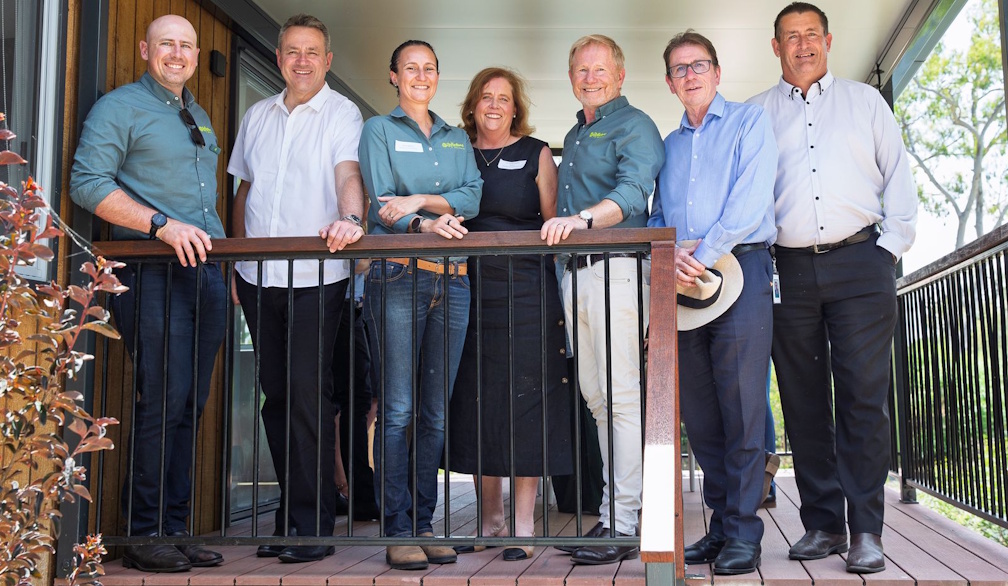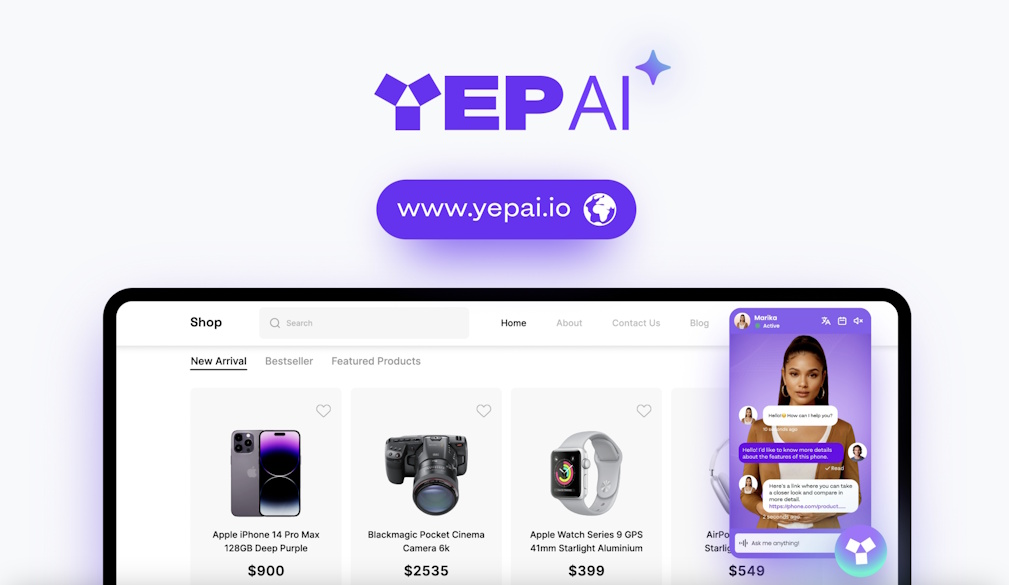First Nations people often take on the 'cultural load' in their workplaces. Employers need to ease this burden
- Written by Nina Sivertsen, Senior Lecturer (Nursing), Flinders University

It’s good practice for employers to consult staff when forming policies or guidelines. However, for some staff from diverse backgrounds, this creates extra work[1] and pressure.
“Cultural load” in the context of the workplace is the invisible workload[2] employers knowingly or unknowingly place on Aboriginal and Torres Strait Islander employees to provide Indigenous knowledge, education and support. This is often done[3] without any formally agreed reduction or alteration to their workload[4].
Consultation and transparency around policies which relate to and impact on First Nations voices is essential for reconciliation. However this should be built on reciprocity and respect, and not create additional staff burden or burnout.
Read more: Attention managers: if you expect First Nations' staff to do all your 'Indigenous stuff', this isn't support – it's racism[5]
Increasing understanding
Aboriginal and Torres Strait Islander employees commonly bear[6] the cultural load in their workplaces[7]. They are in high demand to act as role models, mentors, members on committees and be a point of contact for enquiries around any First Nations matters from other staff.
A 2020 survey[8] of more than 1,000 Aboriginal and Torres Strait Islander workers found 78% of respondents felt it important to identify as Indigenous at work.
But almost two-thirds (63%) reported high levels of identity strain. This meant feeling different to or not meeting expectations of the dominant culture in the workplace.
Some 39% said they carried the burden of “high cultural load”, which came in the form of extra work demands and the expectation they would educate others.
Aboriginal and Torres Strait Islander people constitute 3.8%[9] of Australia’s total population, with around half[10] in employment. As First Nations issues increase in prominence in the lead up to the referendum to constitutionally recognise Aboriginal and Torres Strait Islander people through a First Nations Voice, it’s important we address the toll of the invisible work of educating and explaining.
Read more: 10 ways employers can include Indigenous Australians[11]
It takes a toll
The additional cultural workload increases risk of inducing vicarious trauma[12]. Continually revisiting intergenerational trauma takes its toll on Aboriginal and Torres Strait Islander staff, who are already working between two worlds.
It can also be difficult switching off from being in education mode or from First Nations advocacy. This additional cultural load, and the cumulative effects of empathetic engagement with non-Indigenous staff and management, can result in burnout or “compassion fatigue”.
Culturally unsafe environments (that discriminate against, diminish or disempower someone’s cultural identity), workload stress and physiological stress are all workplace hazards[13]. Employers have a duty of care to remove or minimise any hazard that can be detrimental to a worker’s health and safety[14].
So what can employers do?
To ensure Aboriginal and Torres Strait Islander staff aren’t overburdened[16], employers can implement practical measures to reduce their cultural load.
Research[17] shows an organisation’s culture can thrive by adopting a management framework of continuous evaluation and improvement. Organisations can appoint diversity leaders[18], to promote accountability and buy-in from all levels of leadership, and ensure their initiatives have the support of HR departments.
Organisations can also employ diversity officers[19] to help staff to support inclusion efforts and anti-racism.
Implementing a reconciliation action plan[20] is another way to increase awareness of cultural load among employers and staff. Run by Reconciliation Australia[21], the plans are a framework for organisations to be inclusive and contribute to national reconciliation.
Since 2006, more than 2,000 organisations[22] have formalised their commitment to reconciliation with a reconciliation action plan[23], including at Flinders University, where we work.
The Flinders University reconciliation action plan has several smaller working groups. Our working group aims to:
ensure any Aboriginal-related work is Aboriginal-led and informed
recognise identity strain and educate non-Indigenous staff about how to interact with First Nations colleagues in ways that reduce this
recognise and remunerate cultural load as part of an employee’s workload
provide support and workload management to alleviate cultural load (by advocating for management to allocate extra workload “points” to Aboriginal and Torres Strait Islander colleagues so this work is no longer “invisible”)
recognise the importance of celebrating cultural identities and supporting First Nations staff and students to engage in significant community events.
Our working groups comprise both First Nations and non-Indigenous members and are guided by two-eyed-seeing[24]. This means bringing together both Indigenous and non-Indigenous peoples, ways of being, knowing and doing, to achieve collaboration and partnership.
Since we ratified our first plan in 2020, we have worked to increase:
- engagement with Aboriginal and Torres Strait Islander students, staff and community
- respect for First Nations knowledge systems and perspectives
- Aboriginal and Torres Strait Islander advancement in education, research, employment and wellbeing.
Sometimes reconciliation action plans aren’t taken seriously[25] because they lack accountability. Although there’s not much evidence they create change, supporters of reconciliation highlight their ability to create shared values[26] in workplaces.
Non-Indigenous staff have a duty to ensure their work doesn’t perpetuate trauma from centuries of colonisation. Everyone can be a cultural ally and advocate for change.
Read more: Australia's universities are on unceded land. Here's how they must reconcile with First Nations people[27]
Acknowledgement: thanks to our Aboriginal colleagues who generously share their time and cultural knowledge, especially Kristal Matthews, Larissa Taylor, Sharon Watts and David Copley.
References
- ^ work (www.hrmonline.com.au)
- ^ invisible workload (www.dca.org.au)
- ^ often done (community.hrdaily.com.au)
- ^ workload (pubmed.ncbi.nlm.nih.gov)
- ^ Attention managers: if you expect First Nations' staff to do all your 'Indigenous stuff', this isn't support – it's racism (theconversation.com)
- ^ commonly bear (cdn.csu.edu.au)
- ^ in their workplaces (www.dca.org.au)
- ^ 2020 survey (www.dca.org.au)
- ^ 3.8% (www.abs.gov.au)
- ^ half (www.aihw.gov.au)
- ^ 10 ways employers can include Indigenous Australians (theconversation.com)
- ^ vicarious trauma (www.phrp.com.au)
- ^ workplace hazards (community.hrdaily.com.au)
- ^ worker’s health and safety (www.safework.sa.gov.au)
- ^ Shutterstock (www.shutterstock.com)
- ^ overburdened (community.hrdaily.com.au)
- ^ Research (www.emerald.com)
- ^ diversity leaders (www.proquest.com)
- ^ diversity officers (www.igi-global.com)
- ^ reconciliation action plan (www.reconciliation.org.au)
- ^ Reconciliation Australia (www.reconciliation.org.au)
- ^ more than 2,000 organisations (www.reconciliation.org.au)
- ^ reconciliation action plan (www.flinders.edu.au)
- ^ two-eyed-seeing (www.tandfonline.com)
- ^ taken seriously (www.linkedin.com)
- ^ ability to create shared values (www.aph.gov.au)
- ^ Australia's universities are on unceded land. Here's how they must reconcile with First Nations people (theconversation.com)
Authors: Nina Sivertsen, Senior Lecturer (Nursing), Flinders University












